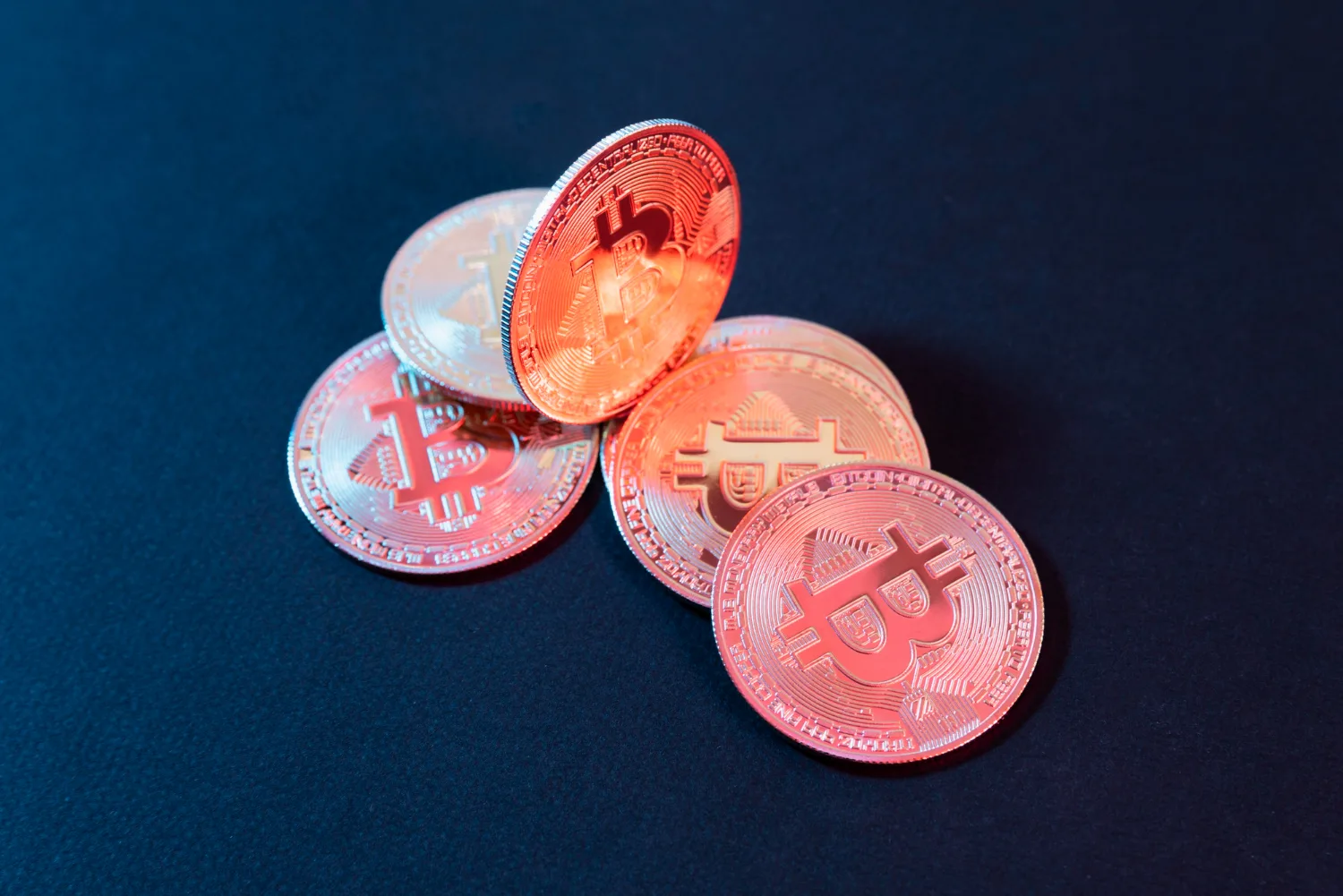Sponsored
The future of blockchain: Cardano explained
Cardano is a beacon of innovation redefining sustainability, security, and scalability, with a scientific, peer-reviewed approach.

Just a heads up, if you buy something through our links, we may get a small share of the sale. It’s one of the ways we keep the lights on here. Click here for more.
The first question we must ask is: How can a cryptocurrency set itself apart nowadays, considering the relentless nature of the crypto market?
The numbers are truly remarkable. Although it is not possible to provide an exact number for the number of cryptocurrencies developed every day, the latest data suggests that thousands of new tokens are launched weekly.
There is no sign that this will stop anytime soon.
So, the next right questions to ask are: How did Cardano set itself apart in the ever-growing crypto world?
What is it with the countless headlines it has made and the significant number of individuals who so devotedly talk about ADA price prediction?
What does it take to achieve that kind of success? Basically, in non-formal terms, we have to find out what the catch is, right?
Let’s start with the beginning. The key figures behind Cardano’s inception and relentless development are Charles Hoskinson, who also co-founded Ethereum, and Jeremy Wood, with whom Hoskinson collaborates publicly on Ethereum.
Their combined experience did wonders for Cardano, ultimately fostering an ecosystem that is now regarded as one of the best the industry has to offer.
And these are not just big words or something. Cardano truly focuses on scientific research and sustainability, with academic reviews designed to demonstrate that there is always a better alternative to what society commonly considers the best.
From the outset, Cardano has sought to surpass the limitations of older systems, including Bitcoin and Ethereum.
Its research-based approach, human-centered incentives, and two-layer architecture have enabled economic empowerment for those who need it most, inviting them to see for themselves that success can be as responsible as it is fulfilling.
Top 3 notable Cardano features you need to know
The Ouroboros Proof-of-Stake (PoS) lgorithm
Ouroboros, Cardano’s consensus mechanism, operates as a Proof-of-Stake (PoS) and is responsible for ensuring the blockchain’s security and integrity.
It transcends traditional Prof-of-Work systems, which are known for exclusively relying on resource-intensive mining.
Instead, Ouroboros thoroughly considers the number of tokens a validator holds when selecting them, a strategy that ultimately gives validators no chance but to act honestly, considering it is their stake in the network that is at risk.
This PoS approach has allowed Cardano to achieve security and scalability in a more energy-efficient manner, where transactions are now both faster and cheaper.
The consequence? Cardano has successfully established itself as the ultimate choice for everyday use.
Its layered architecture
If we were to separate the Cardano protocol stack into distinct layers, we’d necessarily have to mention the settlement layer (CSL) and the computation layer (CCL), highlighting the different aspects they’re responsible for handling within the blockchain network.
Here’s a breakdown of what each of these layers means:
- The settlement layer (CSL) serves as the most important ledger for all ADA transactions, whether they involve smart contracts or native token transfers, ensuring fast, secure, and cost-effective conditions.
- The computational layer (CCL) is responsible for the framework that enables the execution of smart contracts and, consequently, for building and operating various decentralized applications (dApps).
Why is Cardano better because of its two-layer blockchain architecture? By separating the settlement layer for transactions from the computation layer for smart contracts, this architecture prevents congestion and allows each to function at peak performance.
Cardano’s position for sustainable blockchain technology
In the cryptocurrency ecosystem, many projects fail to deliver the standards they promise. Cardano, however, is undoubtedly right in priding itself as a sustainable and innovative blockchain, engineering environmental responsibility into its core design from the very beginning.
Cardano reduces its energy consumption to a tiny fraction of what proof-of-work chains require, approximately 0.1 GWh per year, compared to Bitcoin’s staggering 115,000 GWh.
As if this improvement was not enough, its developers have gone further than energy saving, introducing a saturation point, if we may call it that way, that implies the following principle: if a stake pool grows too large, the rewards for that pool decrease, motivating stakers to delegate elsewhere.
Current challenges to Cardano commercialization
If there is one thing we know for certain about Cardano, it is that the project is backed by very ambitious visions.
To achieve them, however, Cardano has no choice but to become commercially more significant, addressing concerns related to liquidity, higher TVL (Total Value Locked), and increased transactions.
Yes, even as we speak, Cardano’s DeFi ecosystem has increased significantly, but to catch up to market competitors and prove commercial viability, it needs more.
To put things into perspective, DeFi currently holds approximately $900 billion in total value locked, with stablecoins accounting for around $235 billion of that.
Cardano, by comparison, ranks 20th among blockchains with roughly $270 million in TVL, and its native stablecoins account for about $30 million in market capitalization.
As such, a brief assessment of the Cardano ecosystem reveals that it lacks liquidity, and due to this, DeFi activities are also highly limited.
Furthermore, the lack of involvement with key external participants, whether through exchanges or third-party market makers, is also an issue, contributing to Cardano’s current inability to onboard more institutional capital and commercialization projects.
Concluding remarks
Overall, with its scientific, peer-reviewed approach to development, Cardano has demonstrated outstanding commitment to sustainability, security, and scalability, merits frequently eclipsed by the allure of short-lived profit.
Furthermore, unlike many projects driven by speculation, Cardano is grounded in rigorous research and methodical development.
To give you more context, you should know that is foundational work is led by a distinguished team of academics and researchers at Input Output Global (IOG), including Aggelos Kyiais, Chief Science Officer at the University of Edinburgh, Simon Thompson, Professor at the University of Kent and IOG researcher, and Philipp Kant, a leading figure in formal methods at IOG.
Covering areas such as consensus algorithms, smart contract formalization, and blockchain security, Cardano’s commitment to scientific rigor is evident in over 200 peer-reviewed research papers produced by IOG.
A notable example includes the “Validity, Liquidity, and Fidelity” paper, demonstrating the application of formal methods to verify smart contract properties within Caradno’s ecosystem.



































